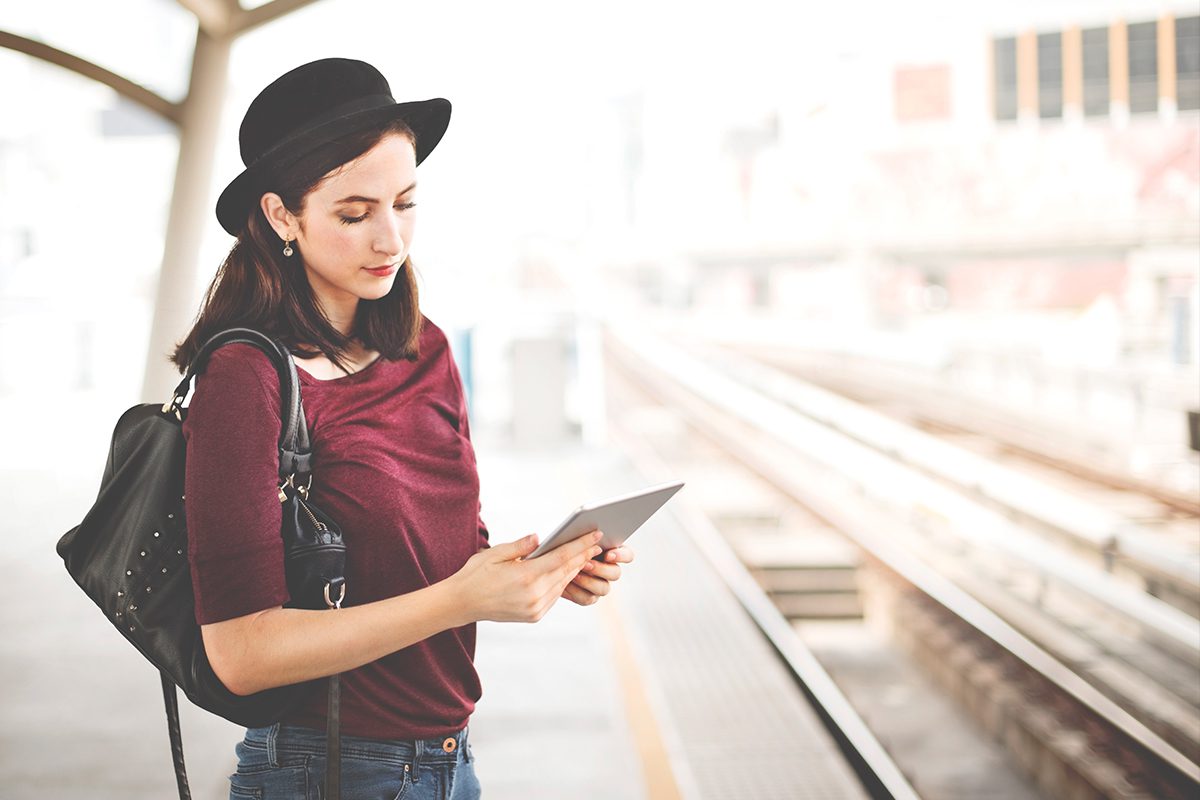5 Human-Centric Digital Strategies for Travel Marketers to Thrive in 2021

Skift Take
In today’s era of accelerated digital transformation, travel brands need to approach the consumer journey with a more nimble mindset. Companies that can bring people-inspired digital business solutions to the table stand a good chance of thriving post-recovery.
The global pandemic has impacted travel in lasting ways, accelerating demand for tools that can help restore consumer confidence in travel, instill peace of mind, and build loyalty. For digital travel marketers, meeting these new needs and expectations requires enhancing the traditional consumer journey with contactless innovations and personalized touchpoints.
DOWNLOAD RESEARCH
According to a new survey on consumer readiness for future technologies from Appnovation, a global digital agency that combines digital experience and design, technology and strategy, around half of consumers between ages 25 and 54 consider digital experiences to be very important, and health and safety is a top consideration. SkiftX spoke with Anton Morrison, VP of user experience and design at Appnovation, about how destination and hospitality companies can leverage this data to come up with customer-focused digital business solutions.
The research we did is showing upfront that consumers are changing fast, so we’re trying to help some of our clients think through their problems from a design-thinking methodology and mindset,” Morrison said. “Rather than thinking about big digital transformations, we’re putting problems through a more human-centric lens and looking for ways to incrementally improve experiences at a faster pace ”
These five human-centric digital strategies can help travel marketers navigate recovery in 2021 and beyond:
1. PRIORITIZE HEALTH AND SAFETY
Research shows that people are willing to travel as long as they feel safe about it. While social distancing guidelines and alert messages are recognized as critical measures that all brands and companies should follow, consumers expect technology-based services to be leveraged to provide additional safety and precautionary measures.
“From a user experience design perspective, we must ask ourselves: How can we help people feel safe about traveling? What do they need to know about the places they’re traveling to
